Gallery opened 30 May 2021
Updated 16 June 2021
Yet more on Spencer system added




The Silent Dustman |
Gallery opened 30 May 2021 |
THE SILENT DUSTMAN
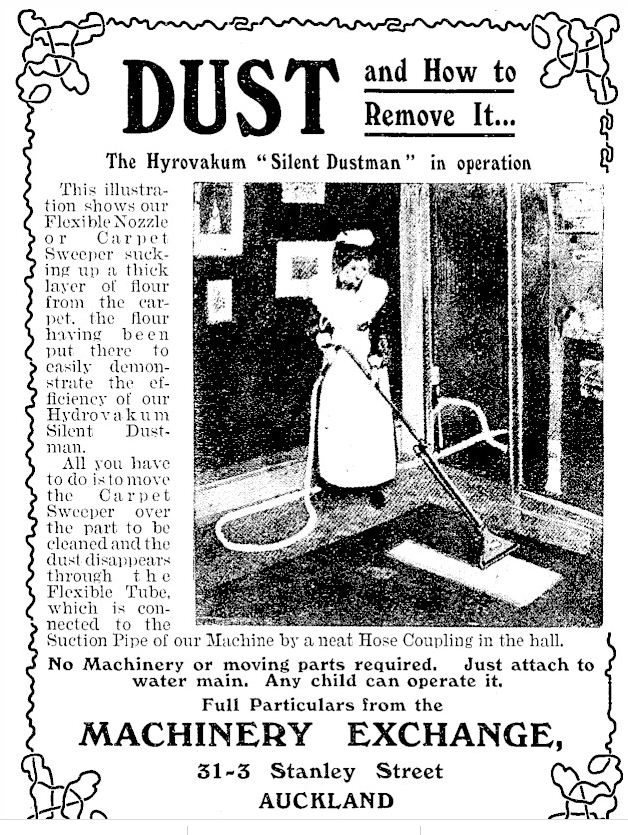 | Left: An advert for the Hyrovakum Silent Dustman: Nov 1912
|
There is some fascinating stuff about central vacuum sysytems in Galicia here. Lviv (Ukrainian) is the largest city in western Ukraine and the seventh-largest city in the country overall. The German name was Lemberg.
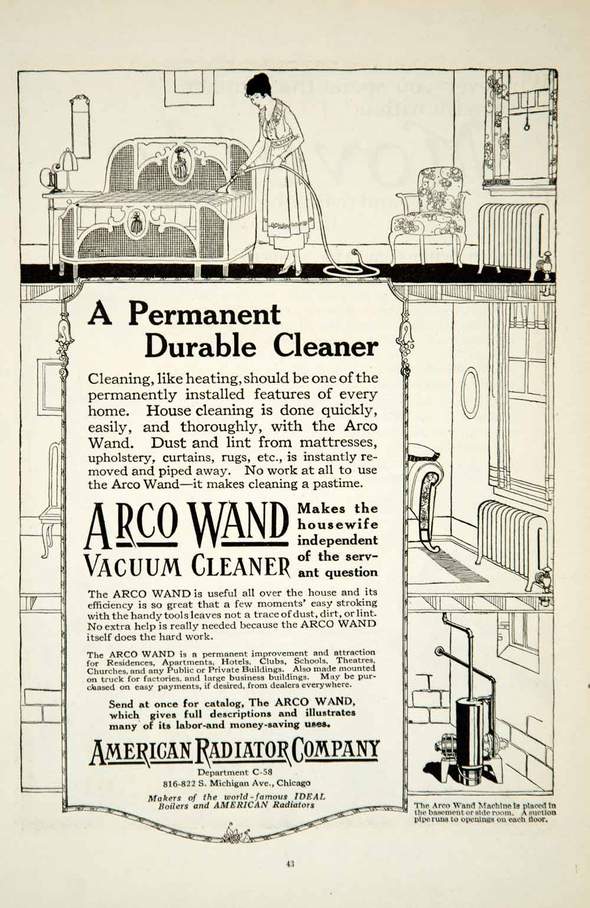 | Left: An advert for the Arco Wand central vacuum system: Nov 1919
|
 | Left: Another ad for the Arco Wand central vacuum system: circa 1919
|
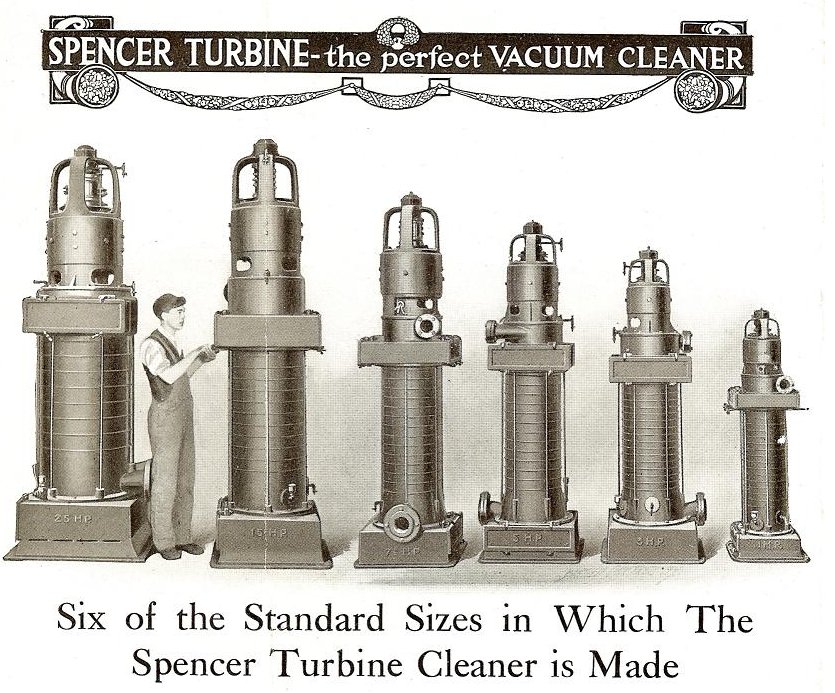 | Left: Ad for the Spencer central vacuum system: circa 1919
|
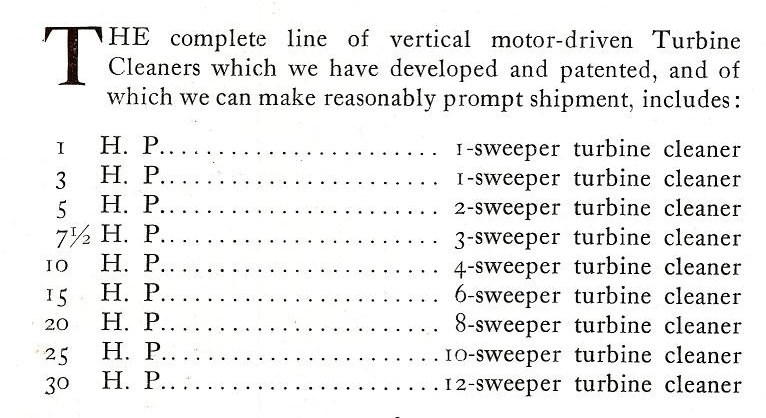 | Left: Ad for the Spencer central vacuum system: circa 1919
|
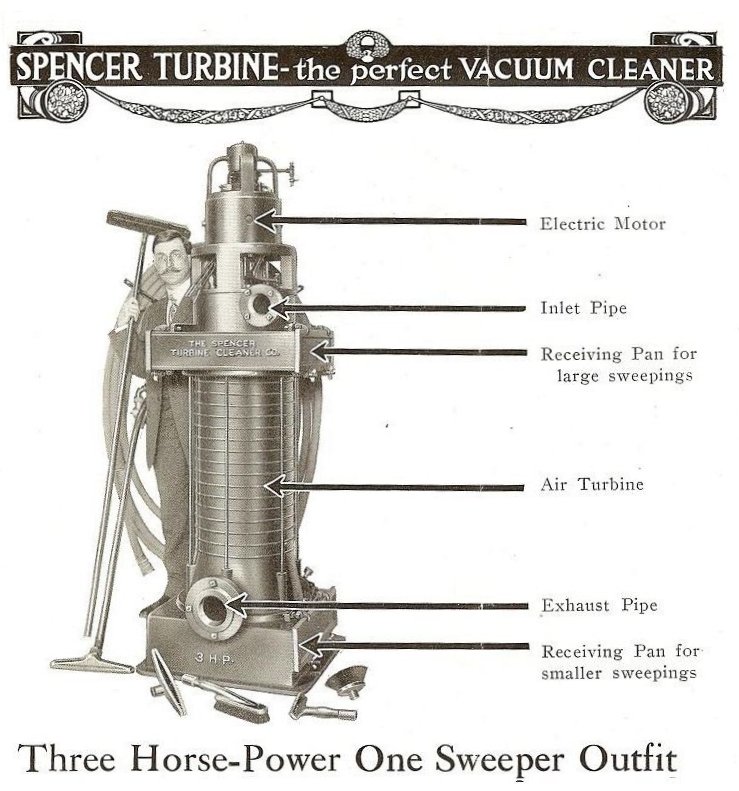 | Left: Ad for the Spencer central vacuum system: circa 1919
|
The Silent Dustman remains the only water-powered central vacuum system found so far.
  
|